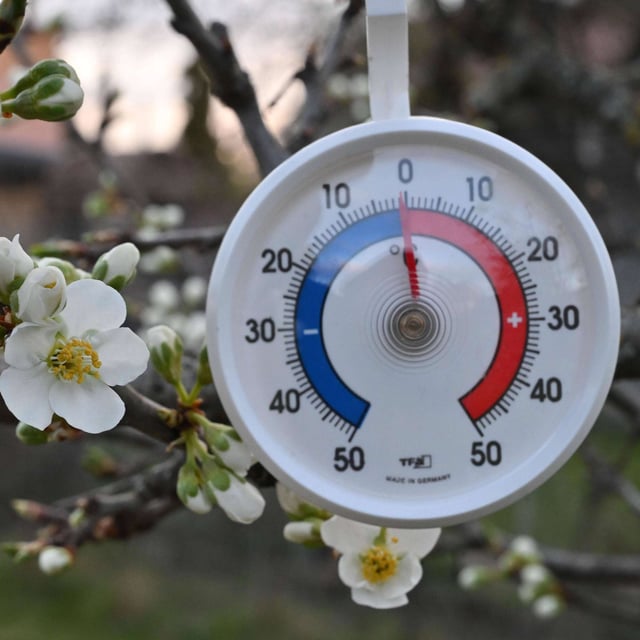Overview
- The Eisheiligen, a centuries-old tradition tied to May 11–15, typically marks a period of late-spring frosts based on farmers’ weather lore.
- In 2025, high-pressure system Riccarda is forecast to bring sustained warm weather, with daytime highs reaching up to 25°C across Germany during the Eisheiligen period.
- Meteorologists emphasize that frost occurrences have shifted earlier in the year due to climate variability and that the Eisheiligen dates are no longer a reliable frost indicator.
- Experts highlight the influence of climate change, with warming atmospheres and polar vortex instability altering traditional weather patterns in Europe.
- Gardeners are advised to prioritize real-time weather forecasts over folklore, as frost-sensitive planting decisions should reflect current meteorological conditions.


